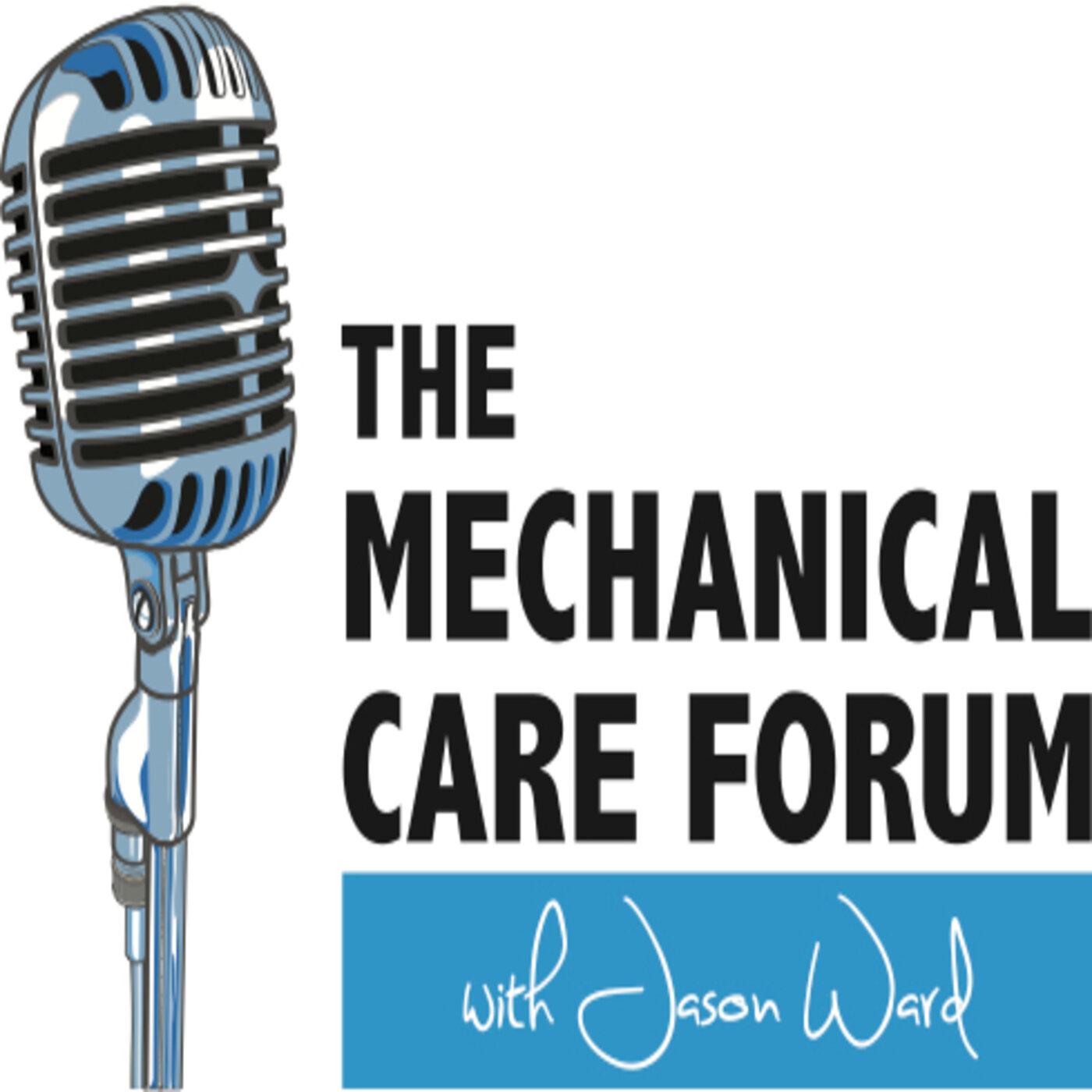Jill Cook PhD, Grad Cert Higher Ed, PG Dip Manips, BAppSci (Phty)
In episode #135, I feature the conclusion of my interview of Professor Jill Cook of Melbourne, Australia. She continues offering specifics on tendon rehab, references of mandatory reading on the topic and what she sees as important for all clinicians in the field of physiotherapy. All this and more on this episode of MCF!
Jill Cook is a professor in musculoskeletal health in the La Trobe Sport and Exercise Medicine Research Centre at La Trobe University in Melbourne Australia. Jill’s research areas include sports medicine and tendon injury. After completing her PhD in 2000, she has investigated tendon pathology, treatment options and risk factors for tendon injury. She’s contributed in producing over 120 research studies just within the past 5 years. Jill currently supplements her research by conducting a specialist tendon practice and by lecturing and presenting workshops both in Australia and overseas.
Show Notes
Patient Attitudes
Jill talks about the gradual understanding that occurs as pain decreases and strength increases. She speaks about the importance of giving your patients options of things they can do, rather than focusing on all the things they shouldn’t.
Overcoming Plateaus
Jill speaks on progression of loading, and how plateaus may indicate that the loading strategies were incorrect. She talks about timeframe and loading environments, and the importance of encouraging patients that with the correct loading strategies they should expect progressive improvement over time.
Achilles Tendon Loading Strategies
Jill gives us some guidelines
-Single or double leg isometric loading (5 x 45 second hold)
-Isotonic loading: concentric and eccentric body weight, or seated or standing calf raise with specific resistance (for strength: low repetitions → 3-4 sets of 6-8; for endurance: high repetitions of calf raises)
-Fast paced: skipping, quick stepping, body weight loads with spring through tendon
-Running program or return to sport (focus on strength, no longer emphasizing fast paced activities)
She goes on to speak about frequency of visits and transitions into training, and the most vital aspect of their recovery: education!
Eccentrics, and Closed vs. Open Chain Exercises
Jill talks about the recent research, as well as where eccentrics fall into the clinical picture. She speaks about the range of load, and how differently two patients with the same diagnosis can present based on their activities.
Relevant Research
Current Projects:
-The Nociceptive Driver in Tendons
-Clinical Outcomes
-In Season Management
Jill’s Advice
“Stop jumping on bandwagons!”
“Be more thoughtful, and trust your clinical reasoning.”
“Treat the person in front of you.”
We hope to deliver this content to the committed professional who wants to improve his/her care and we hope to do it in a way that is easily accessible, the world over, in today's technological age.
To contribute:
Give a 5-star review on iTunes;
Share EP #135 with a friend; and/or
Connect with us on the Spotify MCF Podcast and MCF Instagram page!
Thanks for your support!


